Queen Elizabeth's Press Secretary Michael Shea Led the Royal Family Through Multiple Crises
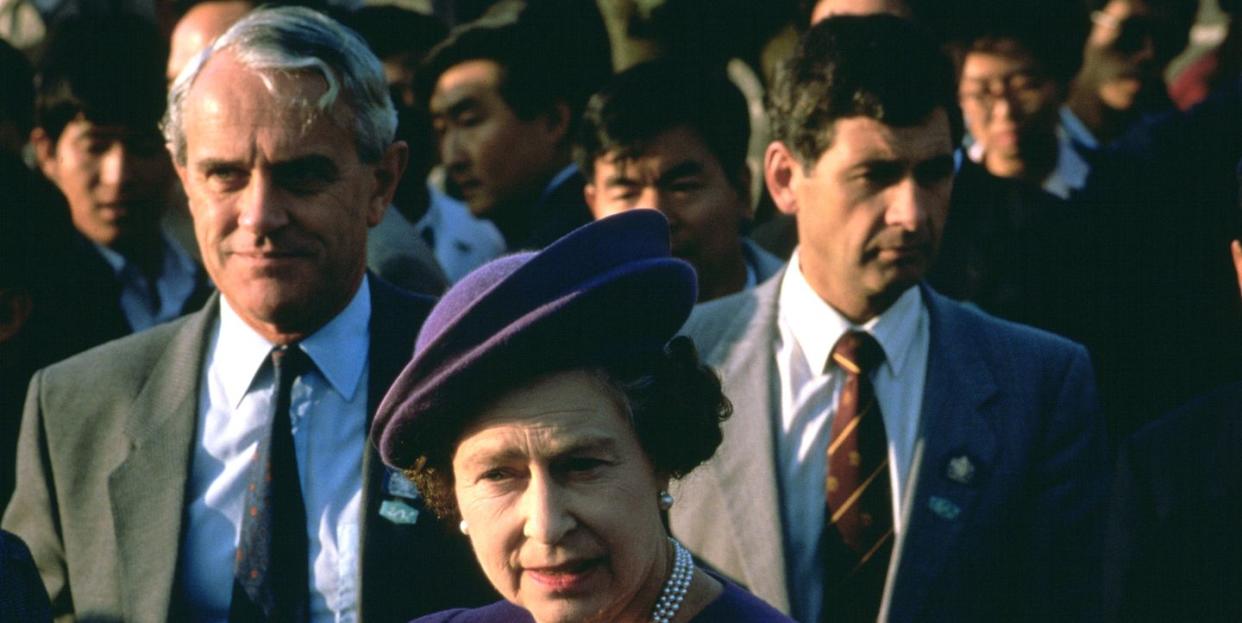
- Oops!Something went wrong.Please try again later.
Each season of The Crown has depicted a few press scandals for the British royal family, from allegations of Prince Philip's infidelity, to Princess Margaret's younger man, to the Profumo affair. The just-released season four is no different, but one PR nightmare stands out because of its close proximity to the Queen.
In 1986, The Sunday Times ran a story alleging that the Queen had made damaging comments about Margaret Thatcher's government and policies, a serious breech of royal protocol and a major embarrassment for the crown. The Queen's press secretary, Michael Shea—who had served as press spokesman for the Queen from 1978 to 1987 and seen the Windsor family through some of the greatest crises in that decade— was believed to be the Times's source.
Though he denied being the source of the leak, the events ultimately led to Shea leaving the palace. Here's everything you need to know about Michael Shea.
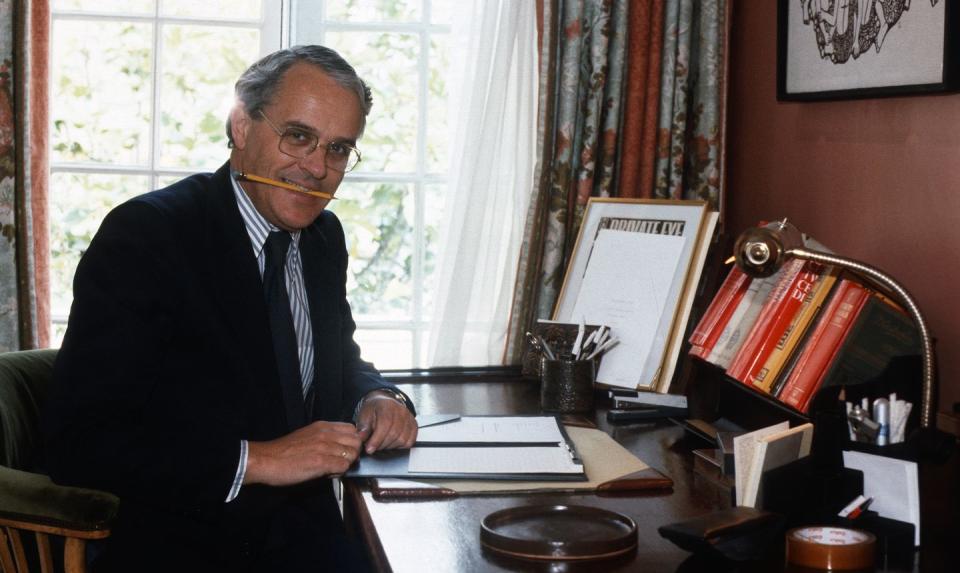
Before working for the Queen, he was a diplomat—and also an author.
Michael Sinclair MacAuslan Shea was born in 1938 in Lanarkshire, Scotland. He attended Gordonstoun—the Scottish boarding school that Prince Philip, and later, Prince Charles, attended—as well as Edinburgh University.
He joined the Foreign Office in 1963 and embarked on a diplomatic career that took him to West Germany, Romania, and New York. While in West Germany, he wrote several political thrillers under the pseudonym Michael Sinclair. In his lifetime he ultimately published 14 novels, as well as five non-fiction books.
Shea helped arrange the Queen's bicentennial visit to New York in 1976, and so impressed royal courtiers that he soon joined the royal service in 1978.
He helped the Windsors through several press scandals, and accompanied the Queen to 65 countries.
Shea became the Queen's press secretary in 1978. He very quickly had to deal with major scandals, including the 1979 exposure of Sir Anthony Blunt —the royal family's longtime art curator— as a former Soviet spy. He also had to manage the fallout from Michael Fagan's early morning break-in to Queen Elizabeth's bedroom in July 1982.
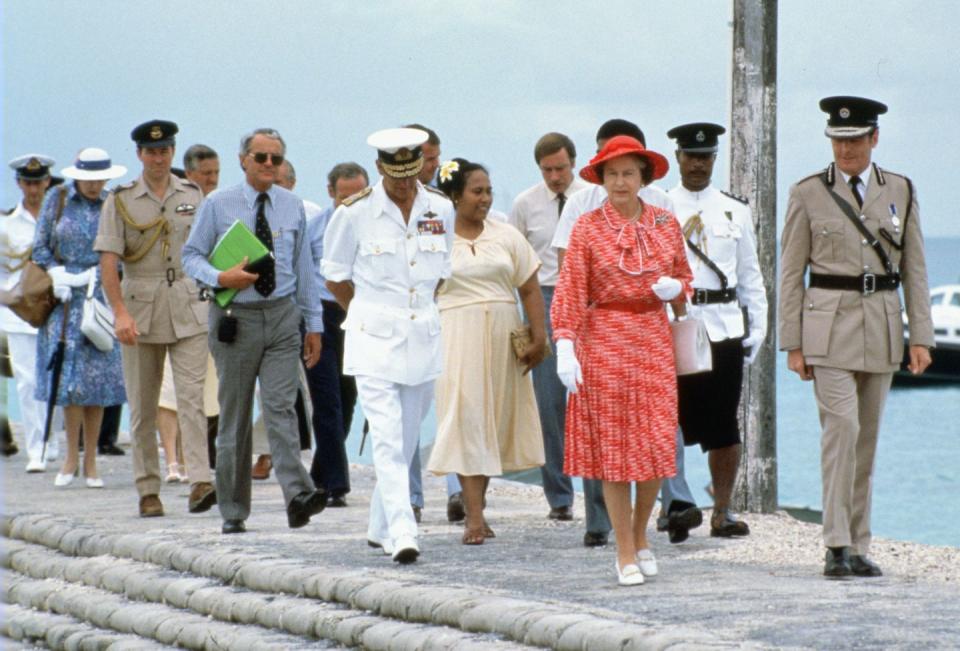
Shea accompanied Queen Elizabeth on tours to 65 countries and they reportedly got along quite well. Shea had a reputation for being charming and chatty with journalists, establishing a more friendly rapport than previous secretaries.
Shea managed the palace's rocky relations with the media during Charles and Diana's relationship.
Shea was also in charge of Buckingham Palace's dealings with the media during the courtship and wedding of Prince Charles and Princess Diana. In January 1981, shortly before the couple's engagement was announced in February, the frenzy surrounding the couple became extraordinary.
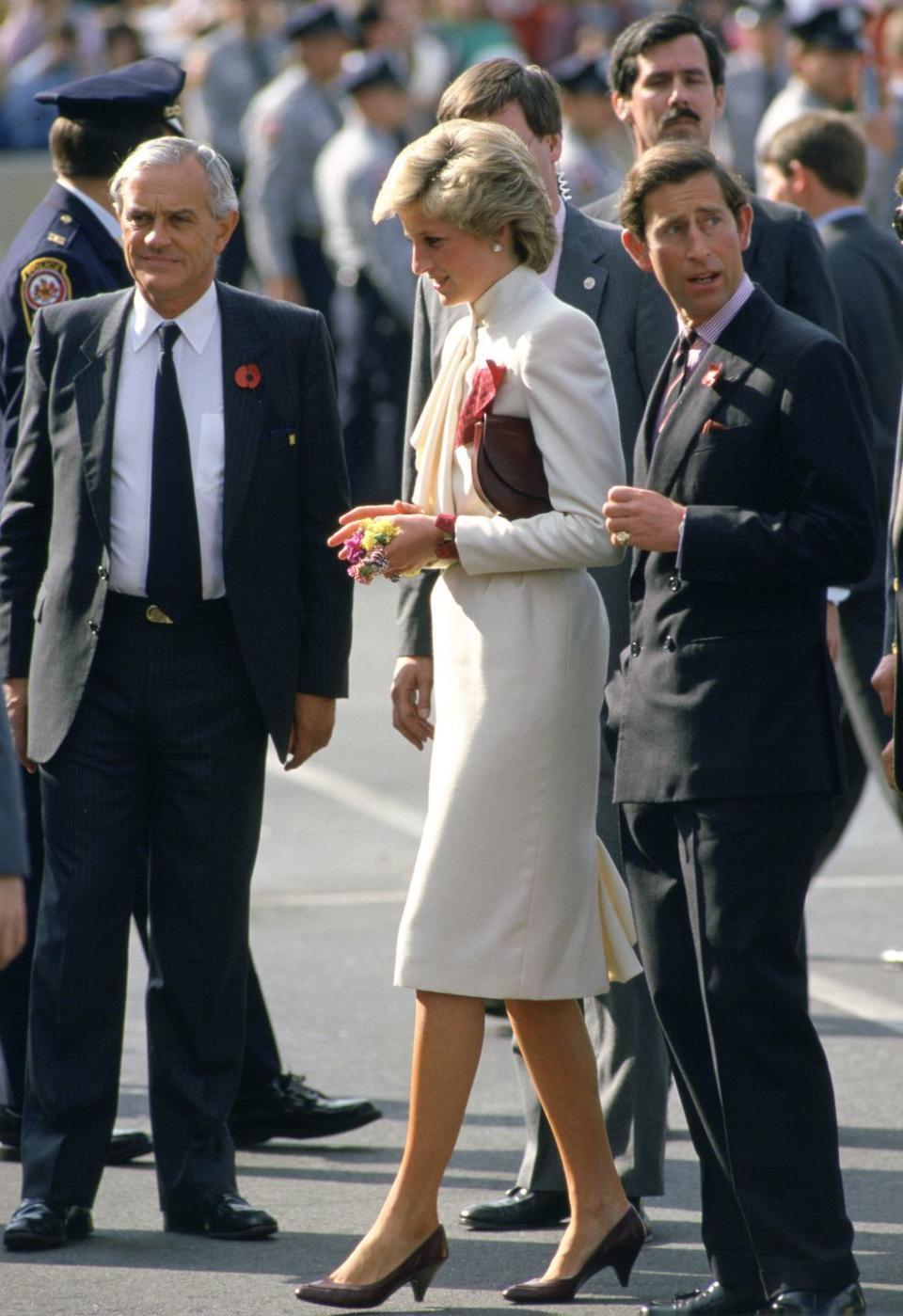
Though he was typically friendly, Shea became forceful with reporters when they followed the Queen on her annual holiday trip to Sandringham, in the hopes of finding out if Diana had come along as a guest of Charles. In a statement, Shea said, ''The Queen has become increasingly angry about this, to put it bluntly—this trip has been far worse than any other. Now it seems that some Fleet Street editors think the Queen is fair game, even when she has no official engagements. No member of the royal family can move out of Sandringham without a posse of pressmen surrounding them. They are hanging about the stables, photographing anything that moves.''
The media circus only intensified leading up to Charles and Diana's July wedding that same year. In November of 1981, Shea invited editors to Buckingham Palace for an audience with the Queen, who requested that the press quiet down on their incessant coverage of the family, and especially the young princess, who had just announced her pregnancy.
The Queen's request clearly did not work. On a "babymoon" in the Bahamas with Charles in February 1982, paparazzi took photos of Diana, then five months pregnant, in a bikini. The tabloid coverage shocked the Queen, and the palace's statement called the incident "in the worst possible taste."
Shea left the palace in 1987 after a news story alleged the Queen was "dismayed" by Margaret Thatcher's policies.
Shea was essentially forced out of royal service after a major press scandal in July 1986. The Sunday Times published a piece alleging that the social policies pursued by the Thatcher government were causing the Queen "dismay;" that the Queen disapproved of Thatcher's handling of the coal miners' strike; and that Thatcher's negative attitude to the Commonwealth of Nations caused the Queen "displeasure."
Shea was assumed to be the source of the comments, which were extremely damaging to the Queen and to the monarchy, which traditionally avoids any public interference in politics.
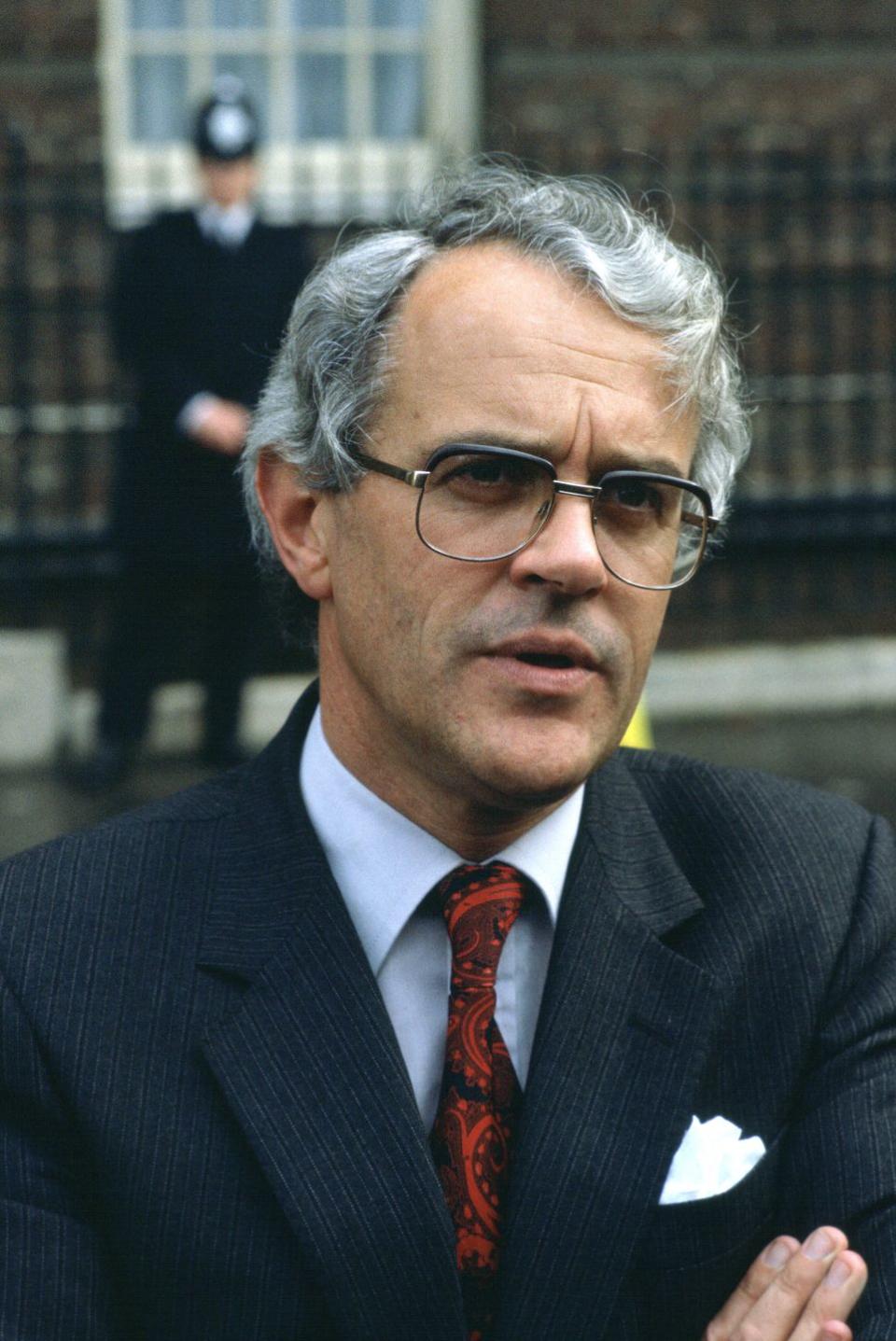
The Queen's Private Secretary, William Heseltine, responded to the controversy in a brusque letter to The Times, writing that it was ''preposterous to suggest that any member of the Queen’s household—even supposing that he or she knew what Her Majesty’s opinions on government policy might be (and the press secretary certainly does not) would reveal them to the press.”
But Heseltine did confirm it was Shea who had spoken to a Times reporter and Shea himself admitted the conversation had occurred, although he denied the specifics and said his statements were misrepresented. Shea left royal service the following year.
After leaving the palace, Shea returned to Scotland.
After he resigned as the Queen's press secretary, Shea worked for six years at Hanson PLC as director of public relations and continued to write novels. In 2003, he published a memoir, A View from the Sidelines, about his time in the palace.
Shea was also an active member of the arts scene in Edinburgh, chairing the Royal Lyceum Theatre, directing the Edinburgh Tattoo, and working as a member of the Edinburgh University Court.
He was given the honor of the Commander of the Royal Victorian Order, but was notably not given knighthood, which could be expected for someone in as close a position to the Queen as he was.
He died of dementia in 2009 at age 71.
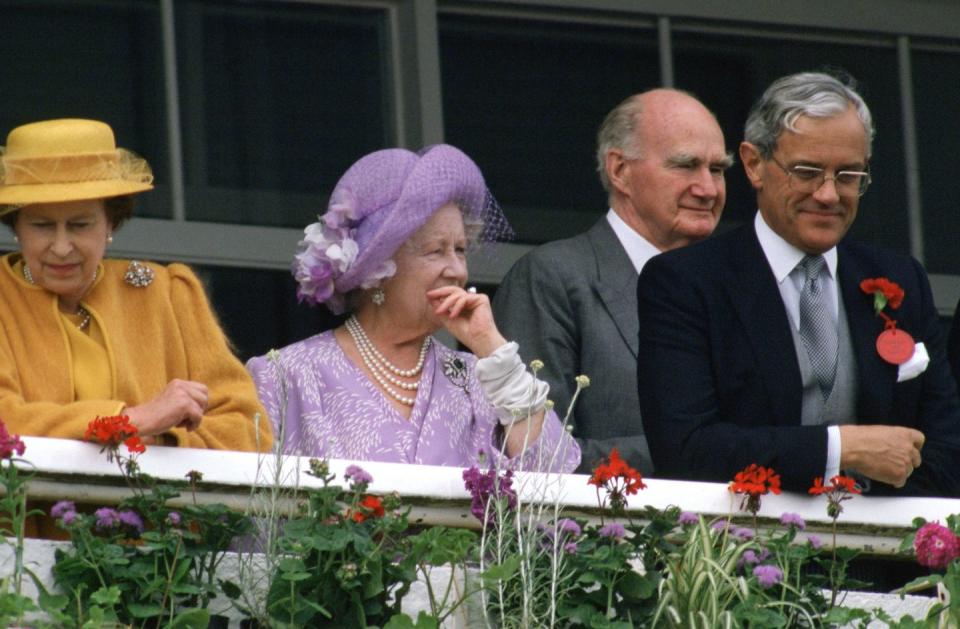
You Might Also Like

